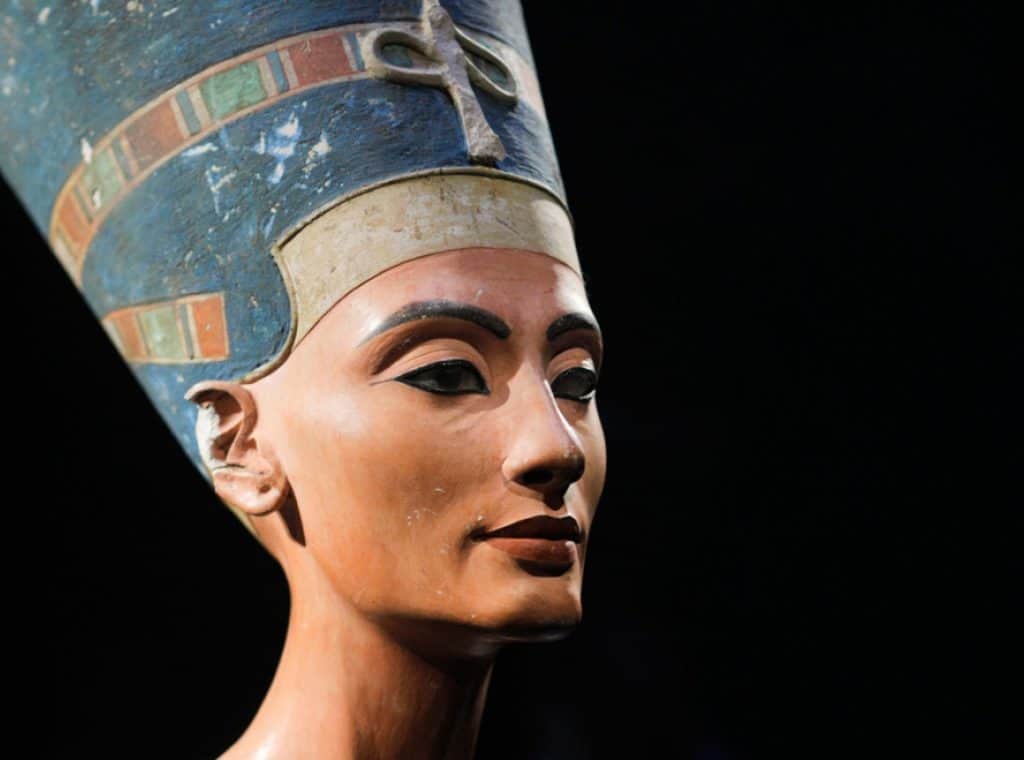After seven decades, the bust of Nefertiti, an archaeological gem of incalculable value, has returned to the Neues Museum in Berlin. This symbolic act marks not only the return of the queen to the place that welcomed her after being discovered in 1912 by German archaeologists but also the culmination of efforts to rehabilitate a museum that was devastated during World War II.
Controversies and Celebrations: Nefertiti’s Return to Germany
Nefertiti, whose bust dates back approximately 3,500 years, had captivated the world from its initial position on the Museum Island. After its discovery, it became an object of admiration by great leaders, from Kaiser Wilhelm II to Adolf Hitler.
However, history tells us that this piece did not always remain in Berlin. During the tumultuous war years, the bust was hidden in a mine in Thuringia by order of Hitler and subsequently rescued by American forces.
The Neues Museum, once a symbol of history and culture, was a target of bombings between 1943 and 1945, being left in ruins. The restoration work, which amounted to 200 million euros, was entrusted to the renowned British architect David Chipperfield.
Instead of hiding the scars of the past, Chipperfield chose to highlight them, merging the ravages of time with modern materials such as natural stone, concrete and Scandinavian woods. This approach while it might seem controversial to some, has been widely praised for its respect for history and its ability to blend the old with the new.
Nefertiti at the Neues Museum
The Controversial Return of an Egyptian Queen to Germany
The Cultural Renaissance of Berlin: The Investment in the Museum Island and the Eternal Beauty of Nefertiti
In the renovated structure, Nefertiti holds a special place under the dome of the north wing of the museum, a section that miraculously withstood the bombings. Alongside her, other 35,000 pieces are displayed, including the statue of her husband, Pharaoh Akhenaten, as well as 60,000 papyri that are part of the impressive collection of the Egyptian Museum.
Despite its stable relocation, the possession of the bust remains a controversial topic. Egyptian authorities continue to claim the sculpture, arguing that it was illegally taken from their country. Having been buried in the Amarna Valley for 3,400 years, its discovery by Ludwig Borchardt in 1912 triggered a series of events that eventually led it to Germany.
With the return of Nefertiti to the Neues Museum, it is hoped that her long journey will finally conclude and she can be appreciated by future generations. Nonetheless, beyond the controversies, what is undeniable is the power that this queen from the past continues to exert in the present, attracting visitors from all over the world with her eternal beauty and fascinating history.
Finally, this return is a clear signal of Berlin’s effort to recover and preserve its rich cultural history. With the total investment in the Museum Island amounting to 1 billion euros, the city once again positions itself as a global center of art and culture.





